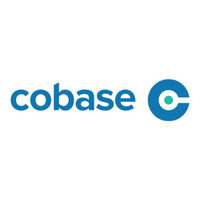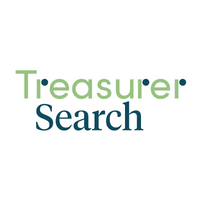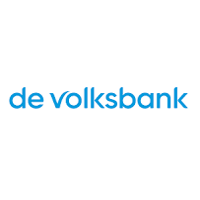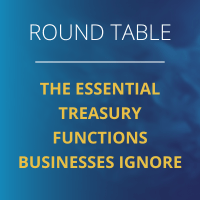Drawing on the wisdom of industry leaders and management consultants, this article unveils key strategies to craft a treasury tech proposal that not only resonates with CFOs and board members but also stands out as a strategic asset.
Understanding the Boardroom Dynamics
Before diving into the specifics of the proposal, it’s crucial to understand the mindset of those who will be evaluating it. Board members and CFOs are primarily focused on strategic alignment, risk management, and ROI. Your proposal should speak to these elements in a language they understand and appreciate.
Key Strategies for a Winning Proposal
- Align with Strategic Goals: Align your proposal with the organization’s strategic goals. Demonstrate how the treasury tech will support overall business objectives, whether it’s through improved cash flow management, risk mitigation, or cost savings.
- Quantify Benefits: Go beyond qualitative descriptions and provide data-driven projections. Use metrics like expected ROI, cost savings, efficiency improvements, and risk reduction.
- Incorporate Risk Assessment: Addressing potential risks upfront enhances the credibility of your proposal. Outline the risks of both adopting and not adopting the technology, and present a plan for mitigating these risks.
- Leverage Success Stories: Include case studies or examples from similar organizations that have successfully implemented treasury tech. This not only provides proof of concept but also demonstrates industry trends.
- Detail the Implementation Plan: Offer a clear and realistic implementation plan.This should include timelines, milestones, resource requirements, and how the technology integrates with existing systems.
- Focus on Long-Term Value: Focus on the long-term value rather than just immediate gains. Discuss how the technology will position the company for future growth and adapt to changing market conditions.
- Engage with Stakeholders Early: Engage key stakeholders early in the process. Gather their input and address their concerns in the proposal to ensure broader support.
Advanced Communication Strategies
- Tailored Messaging: Customize your presentation to address the specific interests and concerns of each board member. Research their backgrounds and areas of expertise to make your points more relevant and engaging.
- Storytelling with Data: Use data to tell a compelling story. Instead of overwhelming the board with numbers, present data in a way that illustrates the positive impact of the treasury technology on the organization. This could include visual aids like charts and graphs that clearly depict potential financial outcomes.
- Demonstrating Strategic Fit: Clearly articulate how the treasury technology fits into the strategic roadmap of the organization. Show how it complements other technologies and systems in place and contributes to the overall strategic goals.
Engaging with Emotional Intelligence
- Reading the Room: Pay attention to the board members’ reactions and adjust your pitch accordingly. If you sense skepticism, be prepared to provide additional data or success stories to alleviate concerns.
- Building Rapport: Establish a connection with the board members. This can be achieved by referencing past discussions, acknowledging their guidance, or aligning your proposal with their known priorities.
- Confidence and Clarity: Present your proposal with confidence and clarity. A confident demeanor can be persuasive in itself, signaling to the board that you fully believe in the value of the investment.
Leveraging Influencers and Allies
- Identify Allies: Before the meeting, identify allies on the board who understand the value of the proposed technology. Engage with them beforehand to gain their support.
- Influencer Endorsements: If possible, include endorsements from industry influencers or other respected figures in the field. This external validation can significantly boost the credibility of your proposal.
Addressing Concerns Proactively
- Anticipate Objections: Prepare for potential objections by considering the proposal from different angles. Have responses ready for concerns related to cost, implementation, or ROI.
- Offering Reassurances: Provide reassurances about common concerns such as integration challenges, disruption to current operations, or security risks. Detail your plans to manage these issues effectively.
Conclusion
Crafting a treasury tech proposal that dazzles in the boardroom is an art that combines strategic alignment, data-driven insights, and a clear understanding of stakeholder priorities. By incorporating these industry-leading strategies, you can refine your proposal from a rough concept into a compelling, strategic asset that is hard to overlook. Remember, the goal is to not just secure approval but also to position the treasury function as a key contributor to the organization’s strategic vision.











